This post is filled with lots of great tips. Wellness can sometimes feel like just another task but UK-based wellness coach Liz Wheeler sees it differently. With a background in real estate and a strong foundation in holistic health, Liz believes our environments are active participants in how we feel. It’s a perspective that feels especially helpful right now.
Thank you as always for reading. A bit about Liz and ways to connect with her at the end of this post.
A Personal Path to Wholeness
My path into wellness has never been linear. As a child, I was happiest outdoors-playing sports, making “potions” from garden herbs, and soaking up the energy of beautiful spaces. That early curiosity about healing and my environment stayed with me, even as I dove into the fast-paced world of London real estate after studying natural sciences in Edinburgh.
By my late twenties, the excitement of city life had worn thin. I was exhausted and searching for something deeper, though I didn’t yet have the language for burnout. That search led me to nutrition, yoga, and eventually to India, where I learned the value of living in tune with my own nature.
While my career looked successful on the outside, I was run down-like so many professionals. Studying nutrition and becoming a health coach first helped me heal myself, then others. In 2022, I left corporate life to found Life Force Wellness, creating the resource I wish I’d had: practical ways to feel strong, energized, and at home in your own life.
Creating a Sanctuary in a Hectic World
How we arrange our living spaces isn’t just about aesthetics-it shapes how we feel, think, and even how well we succeed. In two decades in real estate, I watched our understanding of built environments evolve. Well-designed spaces can boost creativity, confidence, and clear thinking. Poorly designed ones can feed stress and overwhelm.
With today’s relentless pace, we need our homes to be sanctuaries. But we can go further: our homes can actively support our health and wellbeing, and even the health of the planet. The goal is to create spaces that calm and ground us, activating the “rest and digest” state our bodies need to heal and recharge.
A truly healthy home limits toxins, is decluttered, considers the environment, and reflects your values and vision. It’s a space designed for both people and planet.
Practical Wellness Strategies
The Art of Letting Go: Decluttering
Decluttering is foundational. Letting go of what you don’t need creates space for new energy. You feel lighter, clearer, and ready for bigger change. Even something as simple as getting rid of old pots and pans, or artwork that no longer resonates, can create momentum for a whole new chapter.
Clutter isn’t just visual-it collects dust and mold, affecting air quality. Alongside regular tidying, a seasonal declutter (especially in spring) is powerful. In a world of constant accumulation, it’s a way to pause and ask: do I really need this?
One practice I love is a Feng Shui ritual: for nine days, let go of 27 items each day. If that feels overwhelming, start small. For example, focus on removing plastic from your kitchen and bathroom, replacing it with glass or ceramic containers. This single intervention reduces both clutter and toxins, and feels like a huge step toward a healthier home.
Nourishing Spaces: The Kitchen as a Wellness Hub
The kitchen is the heartbeat of a healthy home. When it’s inviting, organized, and comfortable, it’s easier to make nourishing choices. When I bought my home in South London, it was the kitchen that drew me in: stone floors, two large east-facing windows, and space for a rustic table. I love spending time there-morning coffee, yoga, meal prep, or simply enjoying the light and birdsong.
A practical first step: remove unhealthy items and replace them with “simple swaps”-nutritious alternatives you actually enjoy. Organize your healthy produce by category and make it easy to find. Most people have a jumble of old spices and herbs; keep them fresh, labeled, and visible, and you’ll use them more.
I encourage clients to create their own“Capsule Pantry”-a curated set of healthy staples, both fresh and shelf-stable. That way, you always have the building blocks for a nourishing meal on hand.
Kitchen Tools
I’m not a fan of cluttering the kitchen with gadgets as most don’t get used. Instead, I invest in a few multi-functional tools that make healthy eating easier. Here are my top five
Food processor: For batch-cooking pesto, soups, energy balls, and my daily superfood “Life Drink”-a blend of superfoods, herbs, and adaptogens that’s been my non-negotiable for over a decade. With the right blender, this is an easy habit.
Stainless steel steamer: The simplest, healthiest way to cook veggies and retain nutrients.
All-in-one cooking pot: Great for healthy “one pot” meals and batch cooking.
Slow juicer: For ginger-lemon immunity shots, leafy green juices, and even homemade nut butters.
High-quality water filter: Tap water often contains pesticides, plastics, and other contaminants. I love a countertop gravity-fed ceramic filter for clean, delicious water. Bottled water is higher quality than tap, but plastic bottles contain phthalates or bisphenol A (BPA) which are petrochemicals, not to mention are a huge burden on our environment.
Managing Stress and Creating Calm
Stress is meant to be a short-term response that keeps us safe. But modern life brings chronic stress, keeping our bodies in “fight or flight” mode. This isn’t just uncomfortable-it’s harmful, raising inflammation, lowering immunity, and disrupting everything from digestion to mood.
Calming Techniques
To think clearly and make good decisions, you need to activate the parasympathetic nervous system—the state where you feel calm, creative, and confident. Some strategies include:
Practice Nadi Shodhana (alternate nostril breathing)
Change your environment briefly
Step outside or find a green space
Bring plants into your home
Research shows that:
20 minutes in nature can lower stress
30 minutes can reduce blood pressure and depression risk
120 minutes a week improves overall wellbeing
Action Boards
When stress is high and clarity is elusive, I always return to my WHY. This is your big-picture vision-the deeper reason behind your desire for change. Sit with it, feel it deeply, and let it guide you. Your WHY is your superpower; it brings clarity to your vision and helps you take aligned action, even in tough moments.
I’m a fan of vision or “Action Boards,” a concept neuroscientist Dr. Tara Swart explores in her book The Source. You might already have a mood board for your dream home-why not evolve it into something that combines design inspiration with your core goals? Place it somewhere you’ll see it daily. This simple act activates neural pathways, helping you make decisions and take actions that align with the life you want to create.
“Home isn’t a place, it’s a feeling.” –Cecilia Ahern
Designing for Calm and Clarity
I believe your home should reflect the energy of the person you want to become, not just the latest trends. Our senses constantly pick up cues from our environment: colors, textures, sounds, and scents. Natural materials-like sustainably sourced wood, stone, and organic fabrics-can bring a sense of calm and authenticity.
Even small choices matter: the art you hang where you’ll see it every day, the plants you bring in, or the intention behind a renovation. Your space can help program your brain for the life you want. Whether it’s a subtle shift or a whole-home redesign, let your environment support your vision.
Healthy Home Myths
A common misconception is that once you’re inside your home, you’re in a clean, toxin-free environment. In reality, invisible pollutants are everywhere-unless you’re living on a mountain deck (See Liz’s perfect space below). One simple step: take your shoes off at the door. In Germany, where I spend time, this is second nature. It keeps outdoor toxins from coming inside.
Regular cleaning of surfaces and floors helps keep dust and air pollution at bay. If you live in a city, an air purifier can be a good investment. Ventilation is also key-open windows and doors for fresh air and to reduce humidity and mold risk. Certain indoor plants, like peace lily, fern, and aloe vera, can help purify the air.
When renovating, be mindful of “off-gassing” from paints, materials, and furnishings. Choose non-toxic, organic options where possible. A healthy home is good for you and for the planet-opt for quality, sustainable, and ethical items that last.
The Power of Natural Light
Natural light is essential for mood and wellbeing. It sets our circadian rhythms and helps us sleep better. If you work from home, try moving your workspace to catch both morning and afternoon sunlight. Keep blinds and curtains open during the day, and use mirrors to reflect light deeper into your space.
Modern glass can block some beneficial solar radiation, so open your windows when you can-and make time to actually go outside. Sunlight also helps inhibit bacteria in dust, making your home healthier in subtle ways.
Creating a Spa-Like Home
My blueprint for a spa-like home comes from a favorite retreat in the Austrian Tirol-a “Chalet Dorf” nestled in a sunny valley, where Life Force Wellness was officially conceived. The lodges there are warm, natural, and beautifully in tune with the landscape.
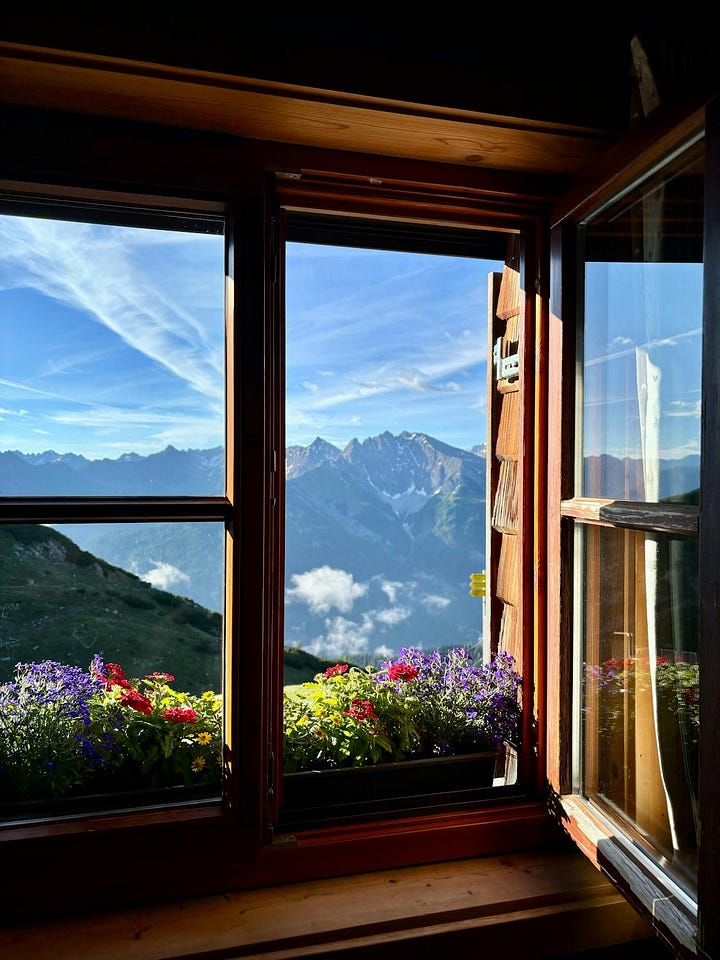

You can bring this feeling home by choosing warm colors and natural textures-wood, stone, organic fabrics. Essential oils (always 100% pure) add that signature spa scent; eucalyptus in the bathroom is especially refreshing. Keep your space uncluttered, use glass or ceramic containers, and opt for the most natural products you can find.
My Perfect Relaxation Space
If I could design the ultimate relaxation spot, it would be a wooden deck with a large, comfortable hanging chair, set in a mountain meadow in full bloom. There’d be a sweeping view of peaks, endless sky, birdsong, and the warmth of the sun. And, of course, a perfect cup of coffee.
This is the vision I return to when city life gets overwhelming. I’m a country girl at heart, and this imagined space grounds me, soothes my nervous system, and brings me back to myself. Think about what yours could be.
Starting Your Wellness Journey
Wellness starts at home, and that means starting with YOU. Take care of your body, your mind, and your environment. You don’t have to do it all at once. Begin with the thing that most inspires or even frustrates you-that’s your starting point.
And if you’re not sure where to begin at home, start with your bedroom. Quality sleep is the foundation for everything else.
Wellness Comes in Many Forms—Share Yours in the Comments
If the post was useful, please share it with someone who might need it, or let us know what you think in the comments.
Connect with Liz
Some of you know about my struggles last year and Liz was one of the many people that helped me. If you decide to try out her coaching, you’ll be in good company— her clients speak lovingly about her warmth and the clarity she brings. Liz is UK-based but works with clients all over the world.
Queen’s Repository
Items mentioned in post - some are affiliate links
Action Boards
Action Board Tool
The Source: The Secrets of the Universe, the Science of the Brain (Amazon)
VEVOR Gravity-fed Water Filter System (Under $100)
Cold Press Slow Juicer
Related content
The first post is free, the other is paid.
Let There Be Light (And A View)
There’s a considerable amount of information on glass innovation but there isn’t much on how windows evolved with glass technology. Sites often confuse function (casement, sash etc) with architectural styles (Gothic, Georgian etc.) and with the design (oriel, bay, lancet etc.) of the window.
Plant In-sanity
In Feng Shui, negative energy can manifest itself as challenges and difficulties, such as a problematic renovation. However, there are things one can do to improve aspects of life using Feng Shui. This is my exploration into finding plants to try and change my 'ch'i.'





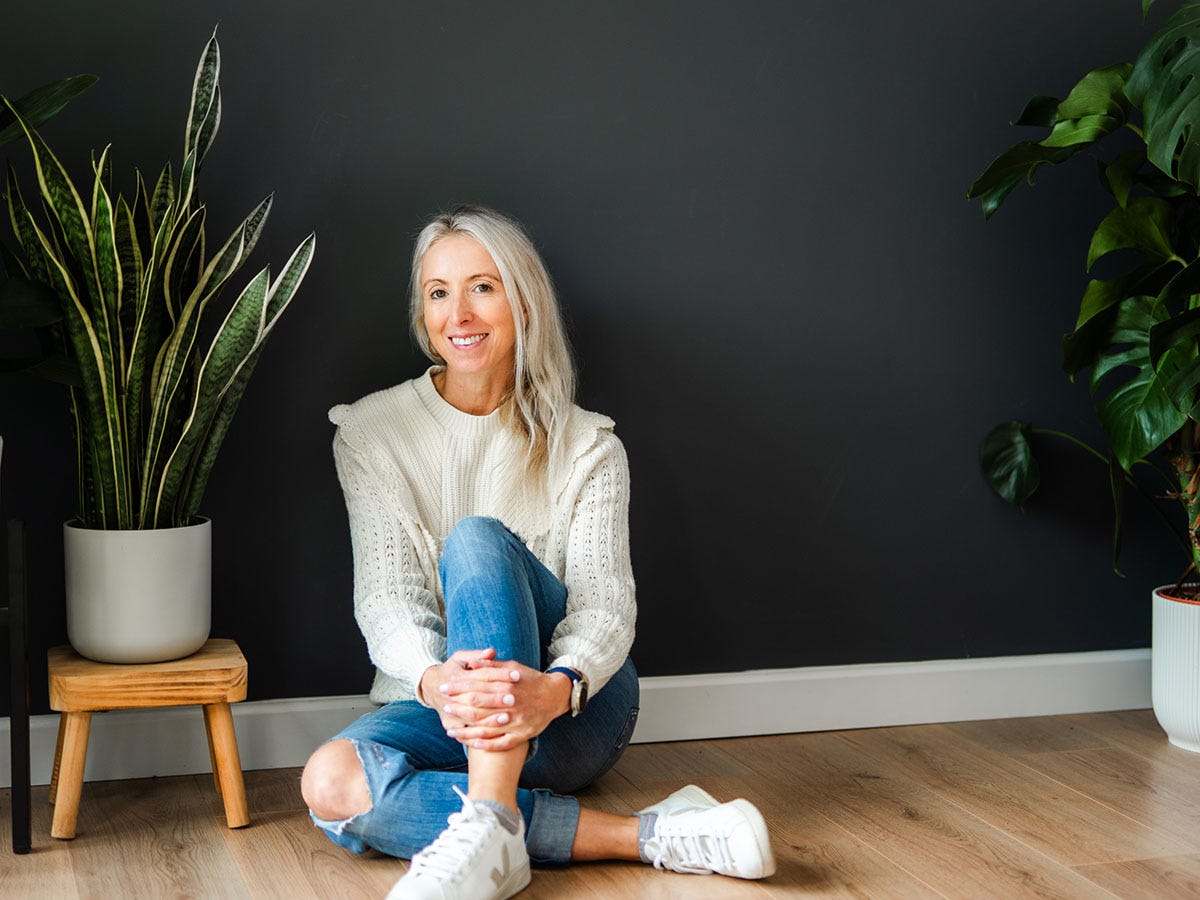
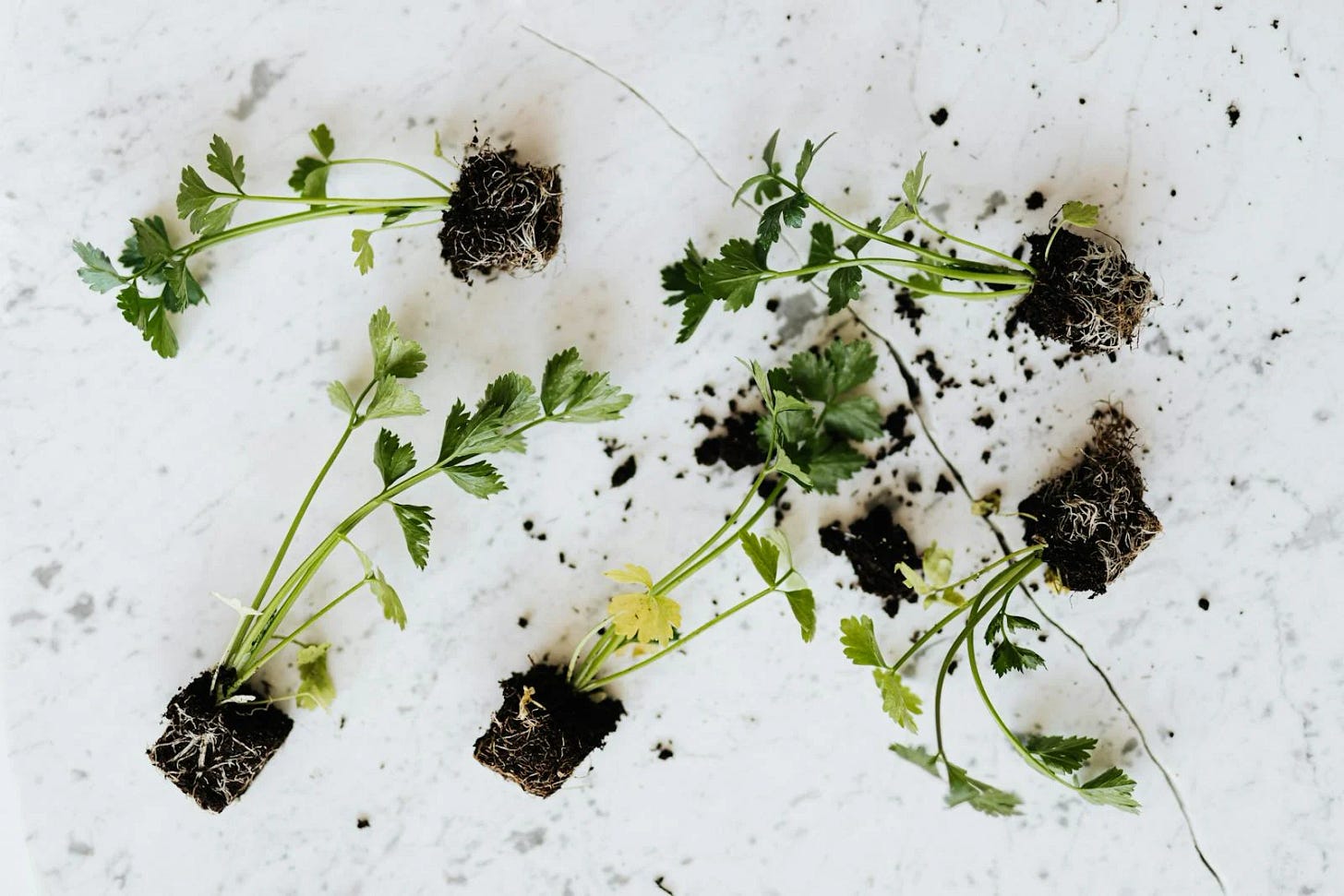
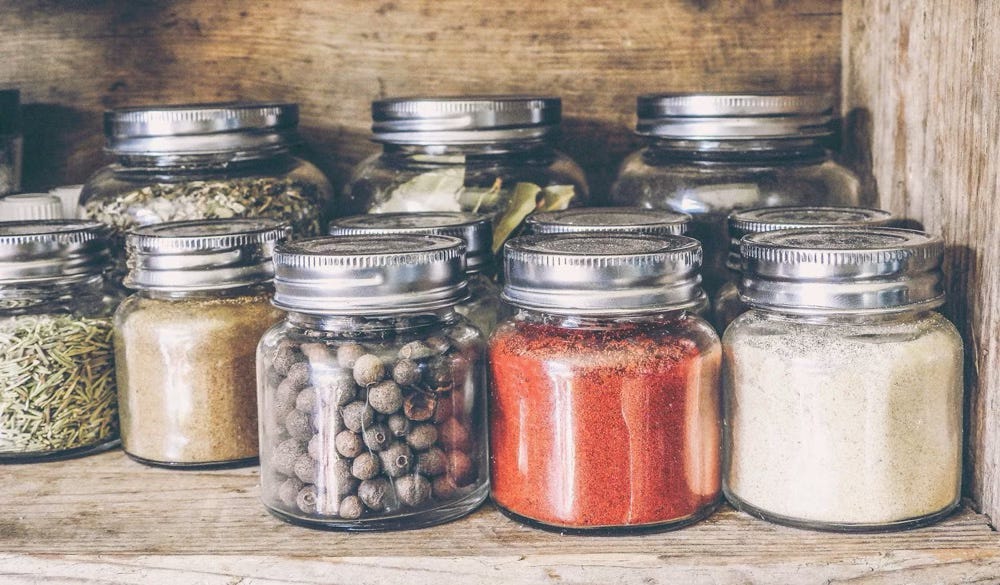
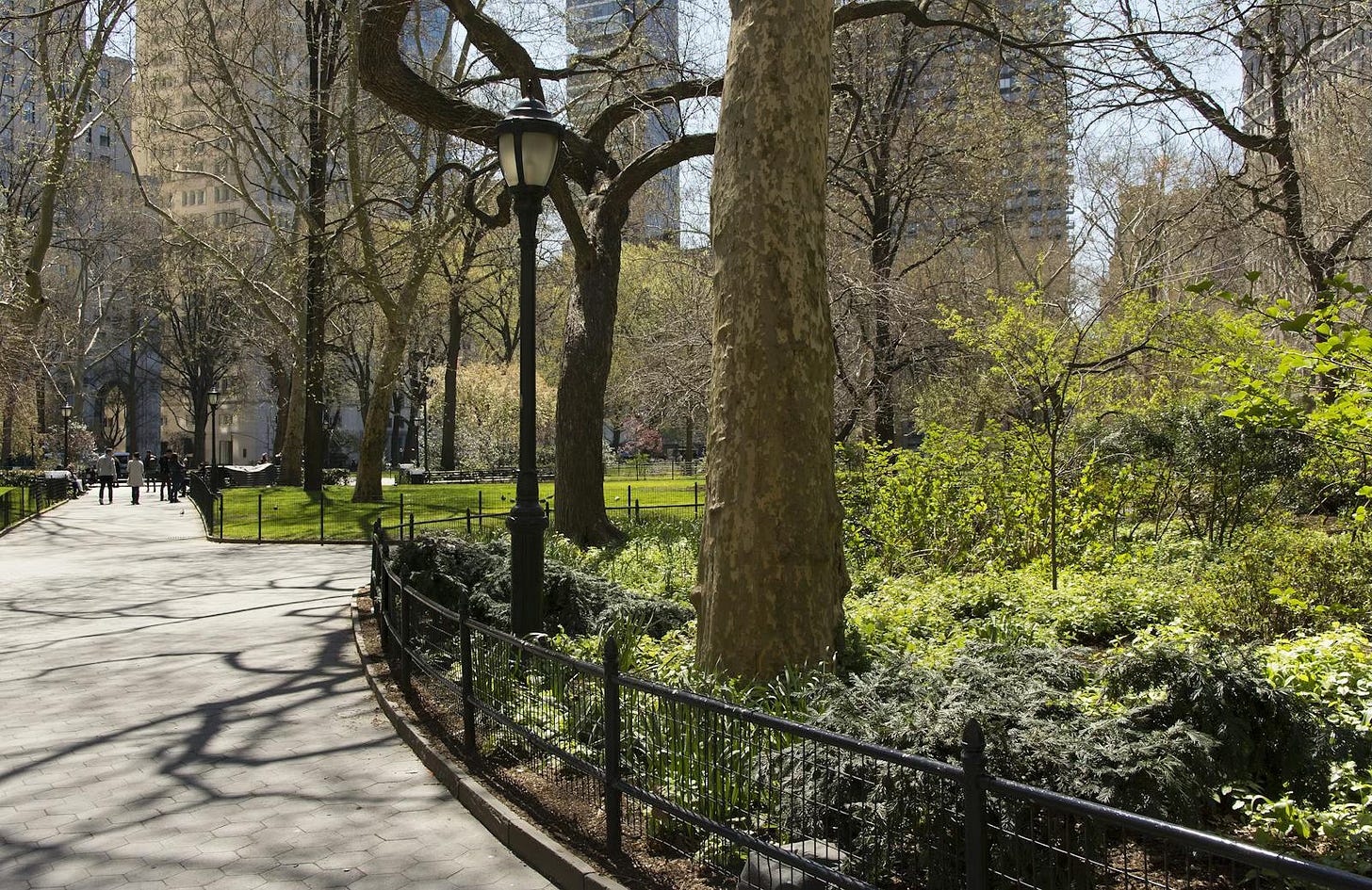


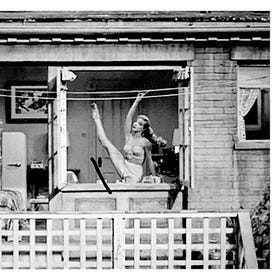
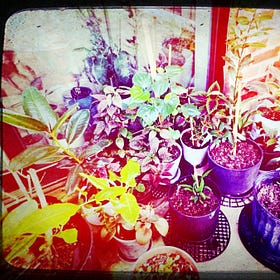
Such a refreshing perspective—Liz’s insights are a powerful reminder that wellness begins with you, and your space can either support or sabotage that journey. I love the idea of designing with intention, not just following trends but creating a home that reflects the person you’re becoming. Even the smallest choices in our environment can have a ripple effect on how we feel, think, and live. The blog itself is so very well written—thoughtful, inspiring, and full of great tips.